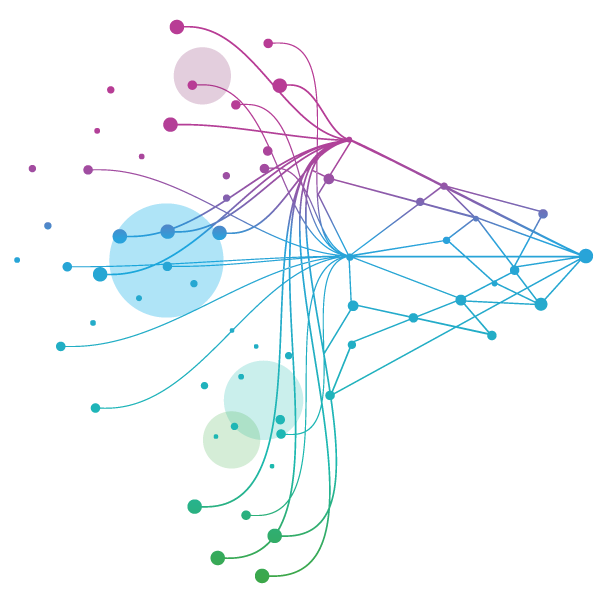Leverage numerous infectious disease and vaccine experts using best-in-class data sources and the right sites.






















- Insights
- The IQVIA Institute
- Reports and Publications
- Reports
- HIV Spending Trends
Report Summary:
Over the past four decades, HIV treatment and prevention have advanced dramatically through effective antiretroviral therapies (ART) and pre-exposure prophylaxis (PrEP), transforming HIV into a manageable chronic condition. In 2024, 40.8 million people were living with HIV, with 31.6 million receiving ART.
Despite this progress, unmet needs persist—especially for vulnerable populations facing stigma, fragmented care, and adherence challenges. Drug resistance remains a global concern, underscoring the importance of long-acting ART and new mechanisms of action. While an effective vaccine or cure is still out of reach, sustained research funding is critical.
However, declining R&D activity, cost-containment policies, and flat spending in key markets threaten continued innovation and equitable access. Ongoing dialogue among stakeholders is vital to sustain investment, protect innovation, and advance the goal of ending the HIV epidemic.
This report highlights some of the main unmet needs in HIV and challenges with developing treatments to address them. It also captures the dynamics around research and development (R&D) along with spending and healthcare policy which can have an impact on the development of and access to future HIV treatments.
Key Findings:









